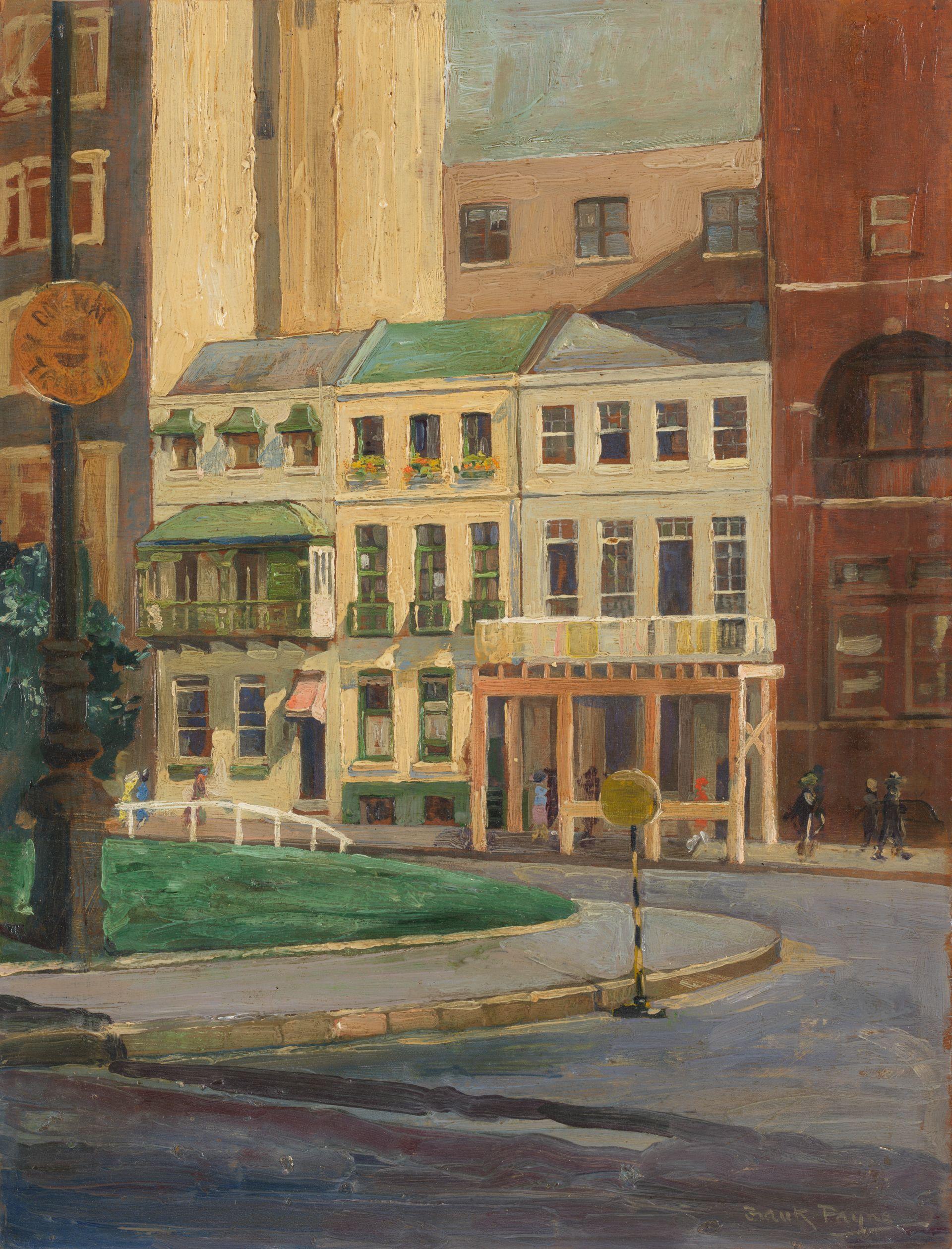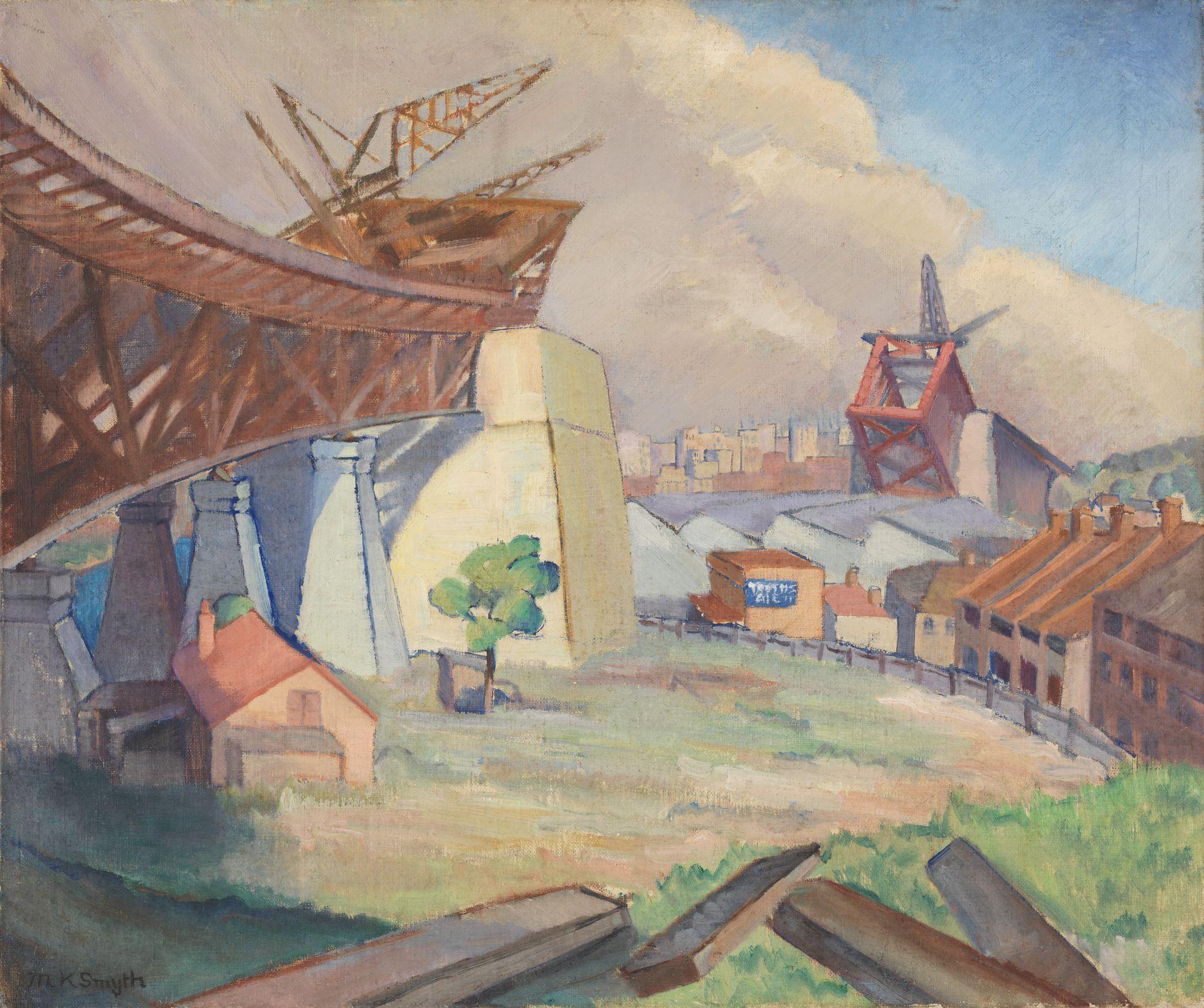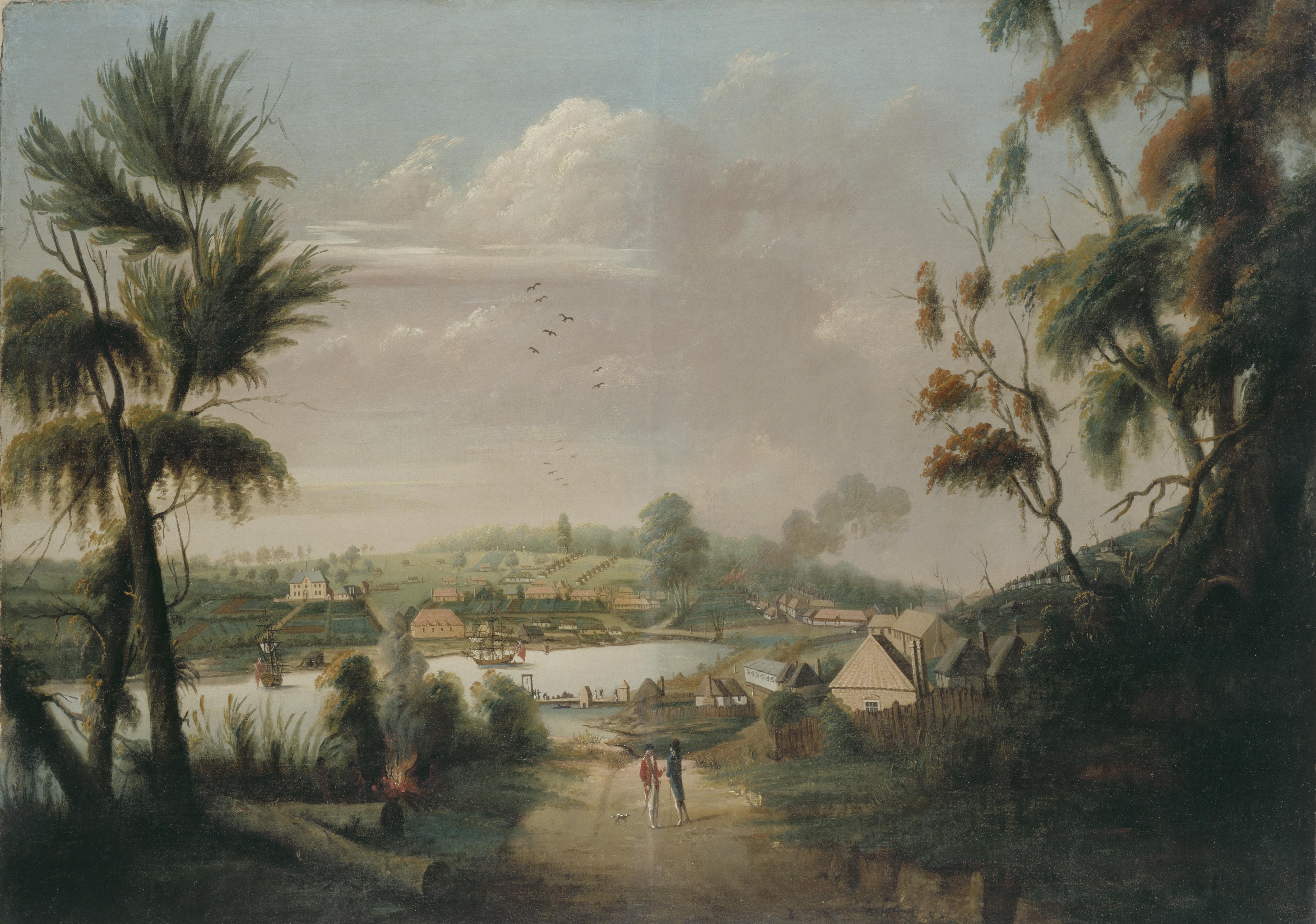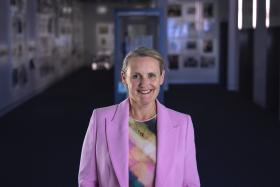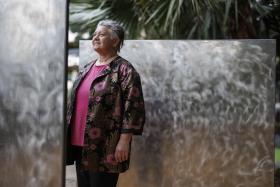In 1834 schoolmaster Henry Carmichael was downbeat about opportunities for Sydney artists:
In the infancy of a society such as this, no artist … is likely to entertain the notion that here he will have the chance of realising a fortune by the practise of his profession ... the fine arts must evidently be practised here by men who depend for their support on the useful rather than the ornamental branches of labour.
Surprisingly, however, in the early years of the colony, NSW was well appointed with artists because so many had been transported here!
The work of ‘useful’ artists was very important. They were more adept at documenting the diversity and complexities of their society than were fine artists. Less constrained by the prescriptions and fashions of high art, and more motivated by the local market, colonial artists created a rich and surprising record of their world, which is why their research and documentary value is unrivalled. Despite these works’ high research value, they are often seen as second rate, or even downright bad, and are deposited in libraries rather than art galleries: this is the reason why the State Library of NSW manages one of the largest pictorial collections in Australia. In addition to over 168,000 drawings, prints and watercolours, the Library holds nearly 1300 oil paintings.
The new book that we edited, Reading the Rooms: Behind the paintings of the State Library of NSW — made possible through the generosity of The Right Honourable Lord Glendonbrook CBE AM — explores this complex collection. The book’s 50 contributors tell stories of a collection that tracks from the 18th century into the 21st century. It is not surprising that these fresh eyes saw new things: when Hong Kong–born librarian Edith Ho, for instance, looks at the ancestral portrait of Mei Quong Tart’s Mother. She reads its iconography through a cultural lens that was completely absent when the Library first catalogued the painting.
That the Library collects paintings and images at all surprises people, because they assume that libraries are only about books. While photographyis now our dominant medium of record, we continually acquire paintings, either as surviving historical records, or as reflections on contemporary experiences. For instance, John Bokor’s 2011 painting Collection Day, acquired in 2013, captures a typically urban early-21st-century streetscape. On the other hand Arthur Streeton’s much earlier celebratory Panoramic View of Sydney Harbour and the City Skyline, from 1894 and acquired in 2019, is a perfect summation of how progressive Sydneysiders viewed the new and unprecedented urbanisation of their city.
Not much more than 100 years before Streeton’s sparkling painting, in the 1790s artistic endeavours in Sydney were focused on natural history, First Nations people and the settlement itself. There was a scientific, as well as a commercial, urgency to capture the flora and fauna of a landscape that was completely foreign to the British invaders. The identities of the artists, however, are opaque. Some were naval officers, others medical men and at least one was an identifiable convict, but the most prolific have remained frustratingly anonymous.
Convict Thomas Watling (1762–?), who had been transported for forgery, produced images of Sydney Cove and its surrounds while he served his sentence under assignment to surgeon John White (1756–1832). Often given credit for A Direct North General View of Sydney Cove, 1794, it is more likely that Watling’s sketches of the early colony were the source for this large painting. It was presented to the Library in 1929 and is prized for being the colony’s earliest known oil painting. Indeed, for many years it was thought that it was painted in Sydney. The evidence for this is the inscription on its reverse, which reads, in part, ‘Painted immediately from nature by T. Watling’. It is much more likely, however, to have been painted in England, probably as an ‘advertorial’ for the colony. There is no evidence that oil paints were available in Sydney in the 1790s, and the fact that the painting is on a professionally prepared canvas — most likely only available in Europe — clearly suggests a European origin. Its seemingly incontrovertible inscription is much more likely to be the embellishment of an English artist trying to add authenticity to their celebratory canvas of colonial success.
As the colony’s confidence grew, more artists landed on Sydney’s shores. These included the first free artist John William Lewin (1770–1819), who arrived in 1800 to build a career as a professional artist. Many others would follow Lewin — convict and free — with ambitions that were more easily realised in small colonial communities than the grand halls of nepotism and networking that had to be navigated in Britain. Of course, not all landed in Sydney. Convict Thomas Bock (1790–1855) was sent to Van Diemen’s Land, while 64-year-old John Glover (1767–1849), a well-established English artist, emigrated there in 1831 to join his sons. Joseph Lycett (c 1774–1828), was transported to Sydney but was sent to Newcastle because he could not shake his habits of forgery. Others, such as Thomas Tyrwhitt Balcombe (1810–1861), arrived in NSW as young children — their artistic training was entirely colonial.
Jobbing artists made their way through the settlements that developed beyond Sydney’s borders, advertising their arrival in local papers. Their length of stay in each town was determined by the number of commissions they could attract. These artists capitalised on a significant shift in Australian art: the transition from the early documentary impulse of colonists to illustrate and classify landscapes, natural history and First Nations people, to the post-1830s emergence of new markets created by the explosion of free immigrants who sought conventional urban imagery, typical of English provincial towns. In 1847, for instance, the newspaper Bell’s Life in Sydney claimed that among commissions for paintings ‘self predominates in the orders given for portraits, ships, and “my horse”, and “my house” make up the subject of all the pictures, and vanity pays for these at a reasonable rate’. Oil portraits made a statement, usually an opportunistic assertion of social standing. Many families used portraiture to create a more impressive backstory than their humble, or indeed sometimes criminal, histories warranted.
Indeed, it was a portrait, Sir Charles FitzRoy, c 1855, by Henry Robinson Smith (1811–1879), that was one of the first paintings to be acquired by the Library, in 1879. The hope that this donation might instigate a portrait gallery of inspirational colonial administrators and other worthies proved unrealised, but it did set an early tone for future collecting directions. The Library sought pictures that documented what it saw as the triumph of the British Empire in the Pacific. Portraits of governors, ministers, landowners and thriving colonial settlements were enthusiastically acquired.
Yet the collection also records the complexity of colonial European society. One prolific portraitist was ex-convict Joseph Backler (1813–1895). His commissions were almost exclusively confined to the successful working and lower-middle classes, for whom his paintings were most likely their first portrait commissions, often able to reframe a family’s history. The descendants of the subject of Backler’s 1856 painting Sarah Cobcroft, for instance, did not find out until the 1970s that her husband was a convict. On the other hand, establishment figures like Edward DS Ogilvie knew to commission society portrait painters such as Tom Roberts (1856–1931) to preserve their image. Interestingly, no one from the established middle classes commissioned portraits from Backler.
Artists needing to make a living must diversify their choice of subject. So other emblems of success and material possessions were also considered to be worth the cost of an oil painting. Balcombe, for instance, painted favourite hunting dogs, successful racehorses and local celebrities.
Through painting, the built environment also told stories of the achievements of the colony. Paintings of the different iterations of the second Government House, for example, became a sub-genre for artists including George Edwards Peacock (1806–?) and Conrad Martens (1801–1878). Its grand sandstone walls recreated England in a far-off place, symbolically anchoring Port Jackson to British systems by demonstrating authority, prosperity and a certain kind of future. During the 20th century, Government House would be replaced by artists with another structure that symbolised modernity and success: the Sydney Harbour Bridge. Marjorie Kane Smyth’s (1888–1974) View of Sydney Harbour Bridge Under Construction, c 1930, is a striking example. The ‘coat hanger’, as it become affectionately known, is a structure that dominates the Harbour in such a way that the colonial past is not forgotten but seems, to many, as being dull in the light of a proud nation.
While the Library has, in the past, concentrated on the great and the good men of the day, it collected portraits of the wives of colonists, such as Augustus Earle’s (1793–1838) Mary Ann Piper and Her Children, c 1826. In part, this is a portrait of Mary Ann Piper as a trophy wife: her husband could afford to have her painted on a large scale, a clear statement of his (fleeting) success. But Caroline Chisholm, painted by Angelo Collen Hayter (1819–1898) in 1852, was a celebration of Caroline Chisholm's own achievements rather than as a wife. This painting’s depiction of a woman actively working is unusual: the letters Chisolm is reading and the map on the wall indicate her business life, just as a portrait of a man would include the tools (often law books or other indications of learning) of a gentleman’s business.
Although often seen as a colonial collection, the Library has rich holdings of 20th-century paintings, many by professional artists including Herbert Gallop (1890–1958), Douglas Dundas (1900–1981), Norman Carter (1875–1963) and Robert Johnson (1890–1964). These now-conventional landscapes or cityscapes are easily classified as documentary, but in their day they were received as modernist, albeit, conservative artworks. The Library also acquired paintings not just of women but by women, such as and Frances Payne’s (1885–1975) Macquarie Street, Sydney, c 1911–1916. Over time, attempts at pictorial prettiness gave way to unabashed efforts at realism. Herbert Badham’s (1899–1961) Oxford Street Interior, 1942, for example, depicts a seedy pub and its patrons in Sydney’s Oxford Street.
Oil painting was also employed to document the poor and the dispossessed, though these images were usually depictions of curiosities rather than insightful representations of individuals. In these cases, subjects had no agency as to how they were portrayed, or how their images circulated. Early oils such as Joseph Lycett’s 1818 Corroboree at Newcastle or John Glover’s 1835 Natives at a Corrobory Under the Wild Woods of the Country were attempts by these artists to conflate their interpretation of Aboriginal culture and experience into one image. These were not images based on understanding or knowledge, but presumption. They were also the perfect paintings for the Library: once seemingly authentic, but now understood to be deeply colonial and problematic.
From the 1840s onwards First Nations people were often painted by artists who saw them as appealing subject matter for an urban audience who now had little engagement otherwise with Aboriginal people. Often situated in idealised, pre-Contact landscapes, Aboriginal men and women can be seen hunting, fishing and practising culture. These images were attractive and marketable illustrations of a life that most urban colonists had never actually witnessed. First Nations people also occupy the margins of numerous artworks as picturesque decorations. Yet while the family group sitting next to the church in Old St Phillip’s, Church Hill, c 1840, might be dismissed as a pictorial affectation, their presence clearly contradicts ideas that these men and women had left their land.
Reading the Rooms represents a specific and select type of image-making. Oil paintings make up one of the smallest genres of artmaking within the Library’s vast pictorial collections, but they are some of our most voluble storytellers. Through these works we can understand our past. We can also see it. Beautiful, often flawed, but endlessly fascinating.
Richard Neville is the Mitchell Librarian.
Rachel Franks is Coordinator, Scholarship, at the Library.
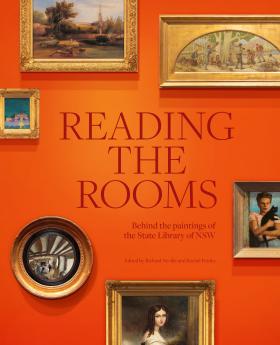
Buy it in the Library Shop
This story appears in Openbook summer 2023.

